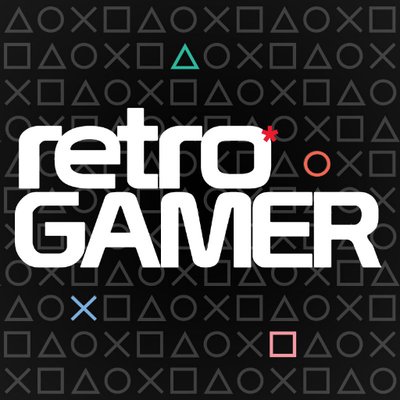The 10 best MSX games of all-time
Retro Gamer's picks for the best MSX games ever
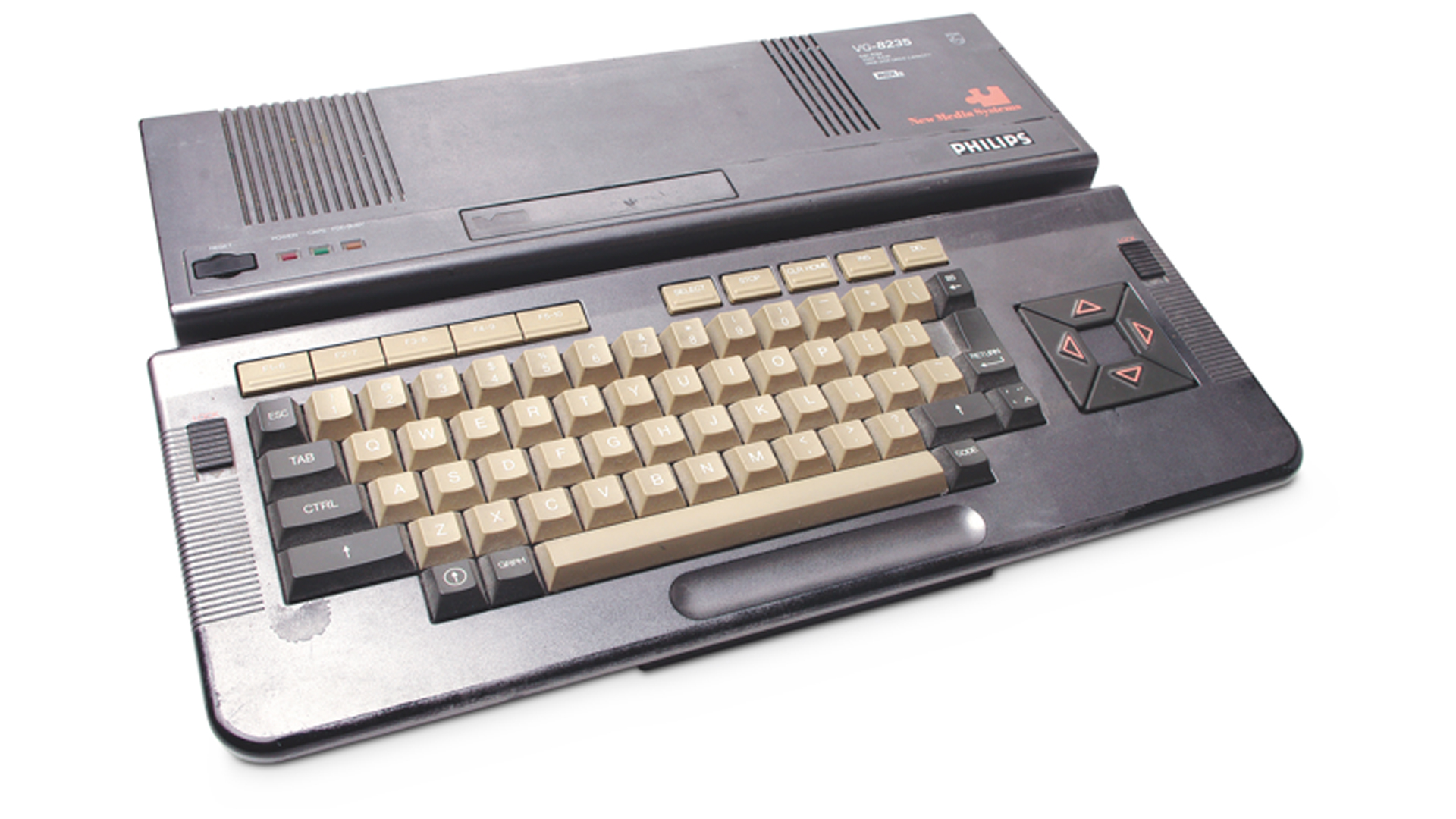
The MSX had something for everyone, ranging from cult Japanese exclusives, to stunning arcade ports. We’ve looked long and hard at its back catalog to reveal the best MSX games.
Space Manbow

Released: 1989
Not only the greatest shoot-‘em-ups on the MSX, but one of the best shoot-‘em-ups period. Konami’s wonderfully titled Space Manbow is a mesmerizing tour de force for the machine that captivates and engages from its opening level – a wonderfully grounded take on the Bydo frigate stage in R-Type. From here the game continues to impress, thanks to fantastic arcade visuals, a strident soundtrack and frenetic shoot-’em-up action, which scrolls smoothly, both vertically and horizontally, with very little slowdown when things get busy. While rare and expensive to come by these days – a complete boxed version will cost you around £100 – Space Manbow is wholly worth seeking out for any MSX collection.
Aleste 2
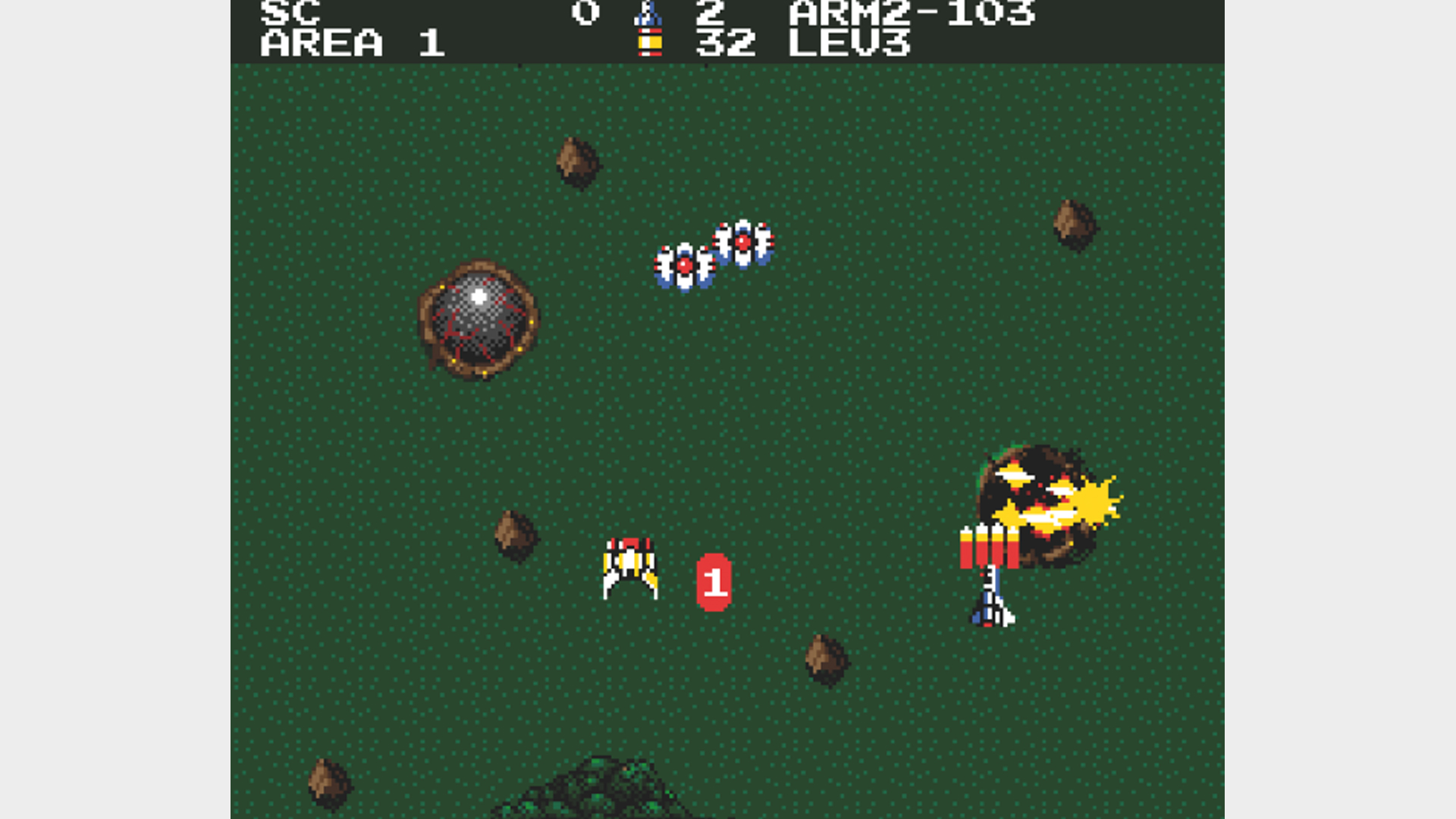
Released: 1990
Three Aleste games appeared on the MSX, and all are worth seeking out. While the final game in the trio, Gaiden, would supplement air, jets and spacecrafts with Japanese robots suits and floor, there’s really not much separating the games in terms of their quality. Compiles’ popular shoot-’em-up franchise is fabled for its repetitious open-feeling levels, fast-paced gameplay, deep weapon system and a neat mechanic whereby the very touch of a power-up will grant you momentary invulnerability. As we can only pick one game, it has to be Aleste 2 because it looks superb, allows you to select your weapons at the start of the game, and is the first title in the canon to feature reoccurring protagonist Ellinor.
Penguin Adventure
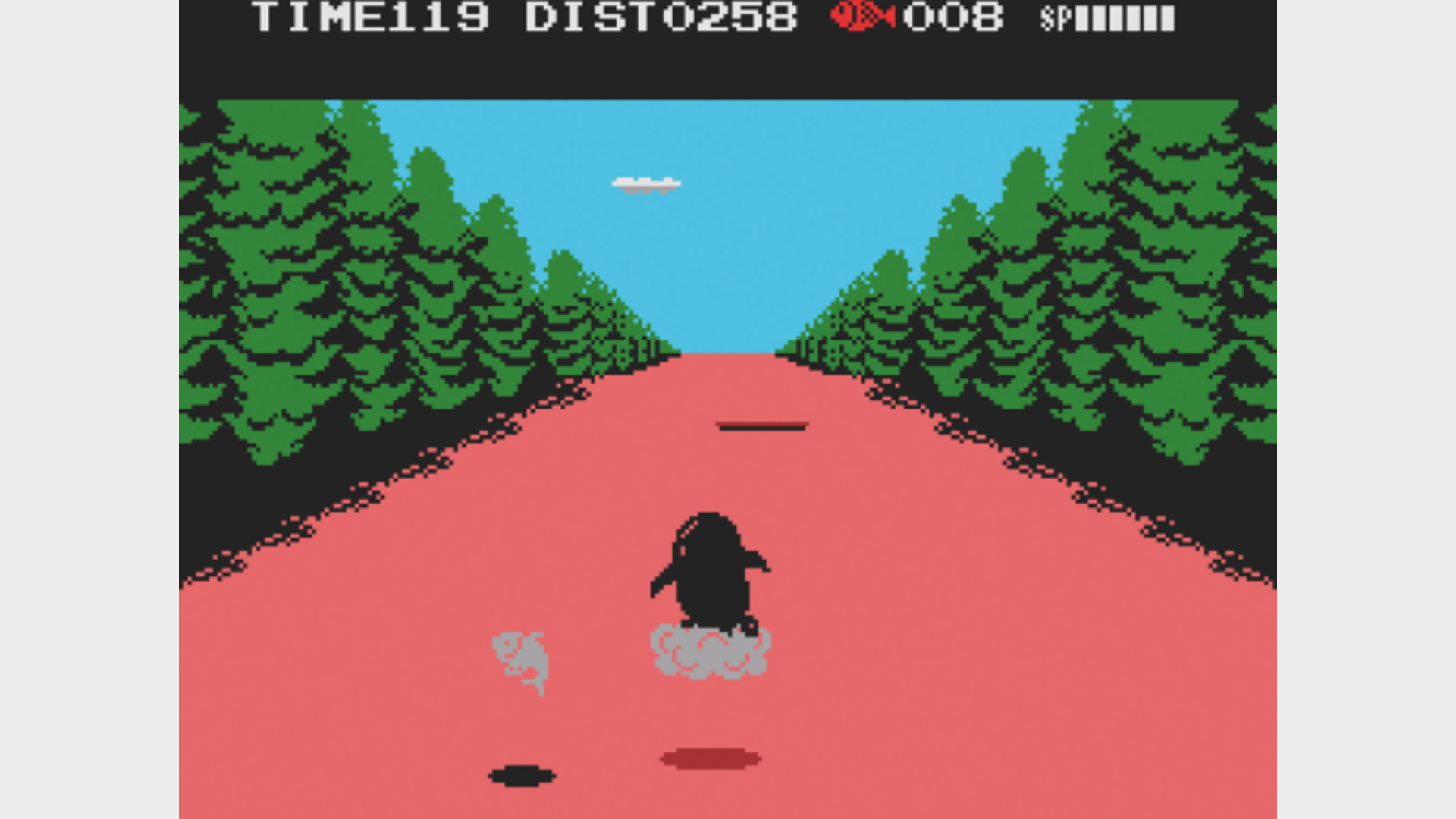
Released: 1987
This follow up to Antarctic Adventure finds heroic penguin Pentaro seeking a cure for a sick penguin princess who has succumbed to a deadly plague. Getting shot to notoriety late in life for being Hideo Kojima’s first published title for Konami, Penguin Adventure is one of the finest, and most tech-savvy games, to appear on the MSX. The game is essentially an action racing game, viewed from that into the screen perspective, and starring a cast of sickeningly cute penguins. Penguin games simply don’t get better than this.
Weekly digests, tales from the communities you love, and more
Vampire Killer
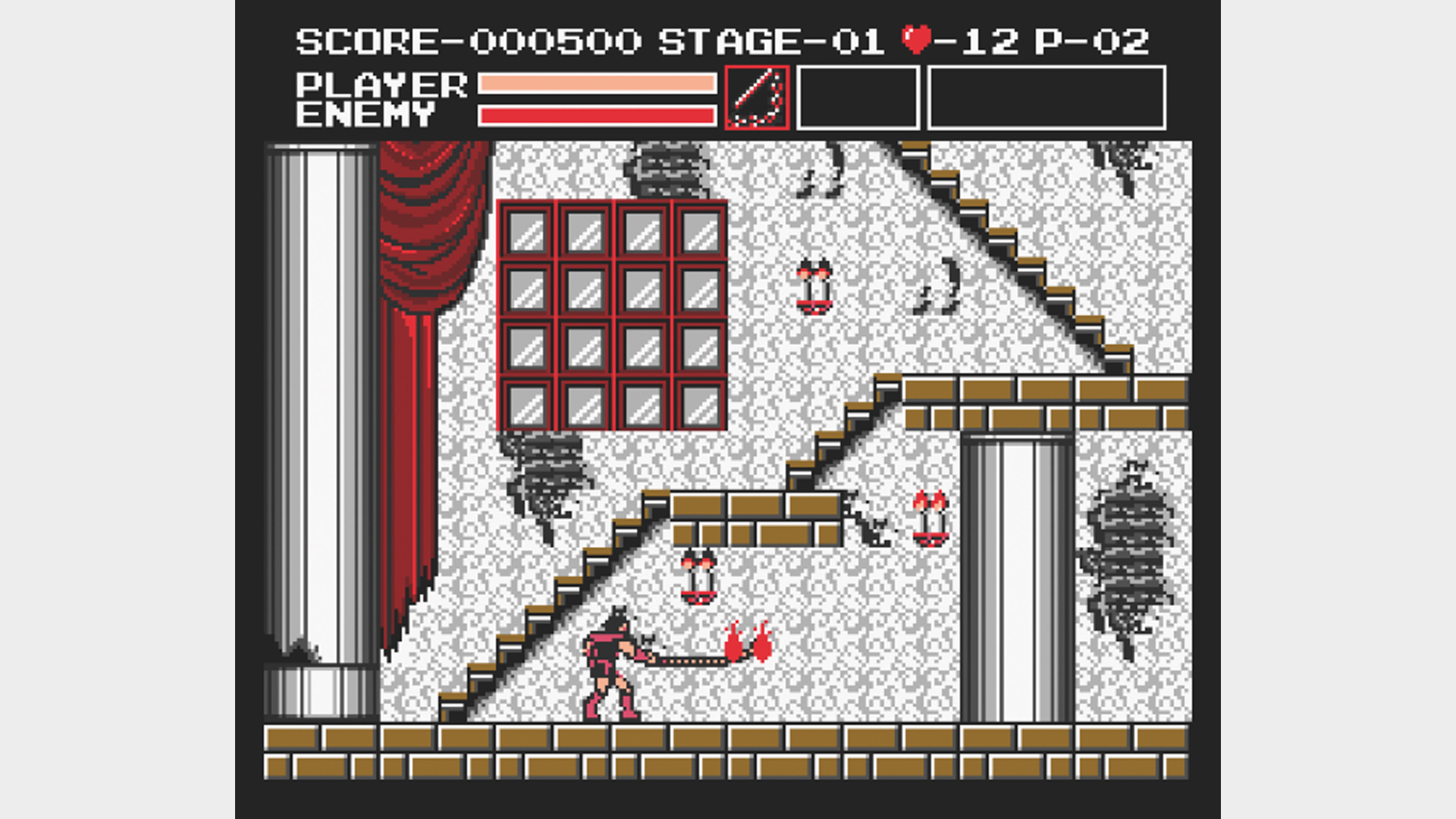
Released: 1986
Booting up the more established NES port beside this one reveals that Konami made a few changes to the gameplay for the MSX2. Vampire Killer, which marks the first time a Belmont ever set a foot down on European soil, swaps out and out action for a more considered ‘search for a bunch of keys in a castle’ action, and is no better for it. Why Konami felt the need to go and mess with the original is a mystery – we can only think that perhaps Konami felt that people who play games with keyboards need something deeper to sink their teeth into. Anyway, Vampire Killer is still immensely playable and is a must have for any MSX collection.
Bomber Man
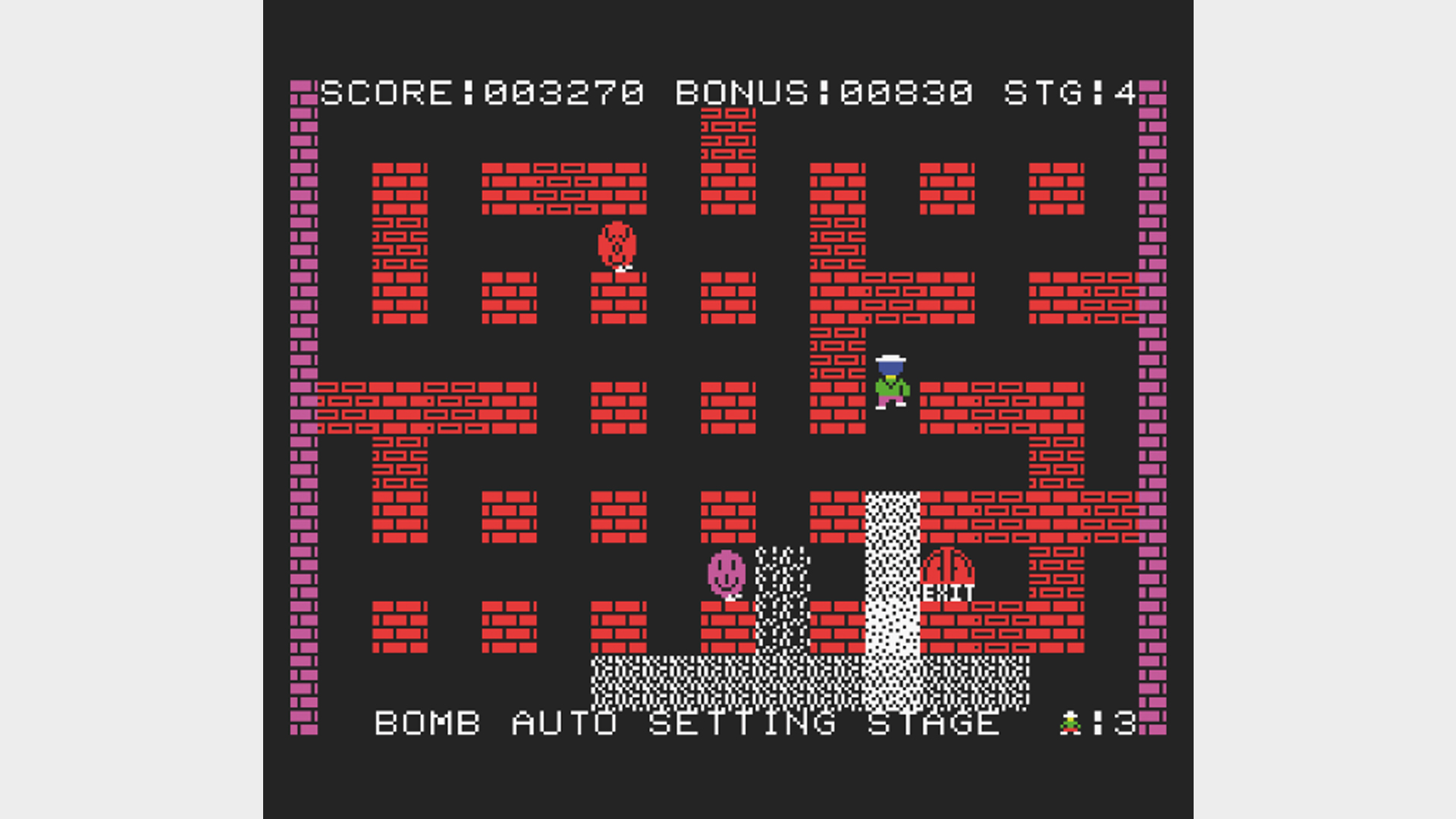
Released: 1986
Spectrum owners will recognise this game as Eric And The Floaters, but the game’s MSX version went under the more familiar and seminal title of Bomber Man, and marked the first appearance of Hudson Soft’s infamous bombardier. This maze-based action game finds our hero looking less like a cute Japanese robot and more like Miner Willy (circa Jet Set era) with a blue mullet (only visible in the MSX version). Wonderfully addictive, and brilliantly simple to grasp, while there are far better versions of the game available now, this early effort proves good games never die.
Metal Gear Solid 2: Solid Snake

Released: 1990
As if the games themselves weren’t confusing enough, the timeline doesn’t help. There are actually two versions of Metal Gear 2 – one by Konami that was released for the NES, the other by Kojima that was released for the MSX. To be frank, both games are good, but the MSX sequel is the better game. For a start it has its creator back at the helm, secondly it introduced a bunch of popular characters into the series, such as Campbell, Miller and Gray Fox, and it also employed some nice touches to the gameplay, like using carrier pigeons, hang-gliding and even tap codes.
SD Snatcher

Released: 1990
Like Metal Gear before it, Kojima succeeds in creating an emotive narrative around the limitations of the hardware. Following a similar plot to the original – Gillian is still trying to eradicate the body-pinching Snatchers – this switches the cinematic anime look of the original for a more cartoon feel. It also drops the point-and-click comic book gameplay for an overhead Zelda perspective. Engaging enemies in combat also switches the viewpoint to a first-person battle screen, where players could pinpoint specific body parts they wanted to attack. Easily one of the most immersive adventure games on the system.
Golvellius 2
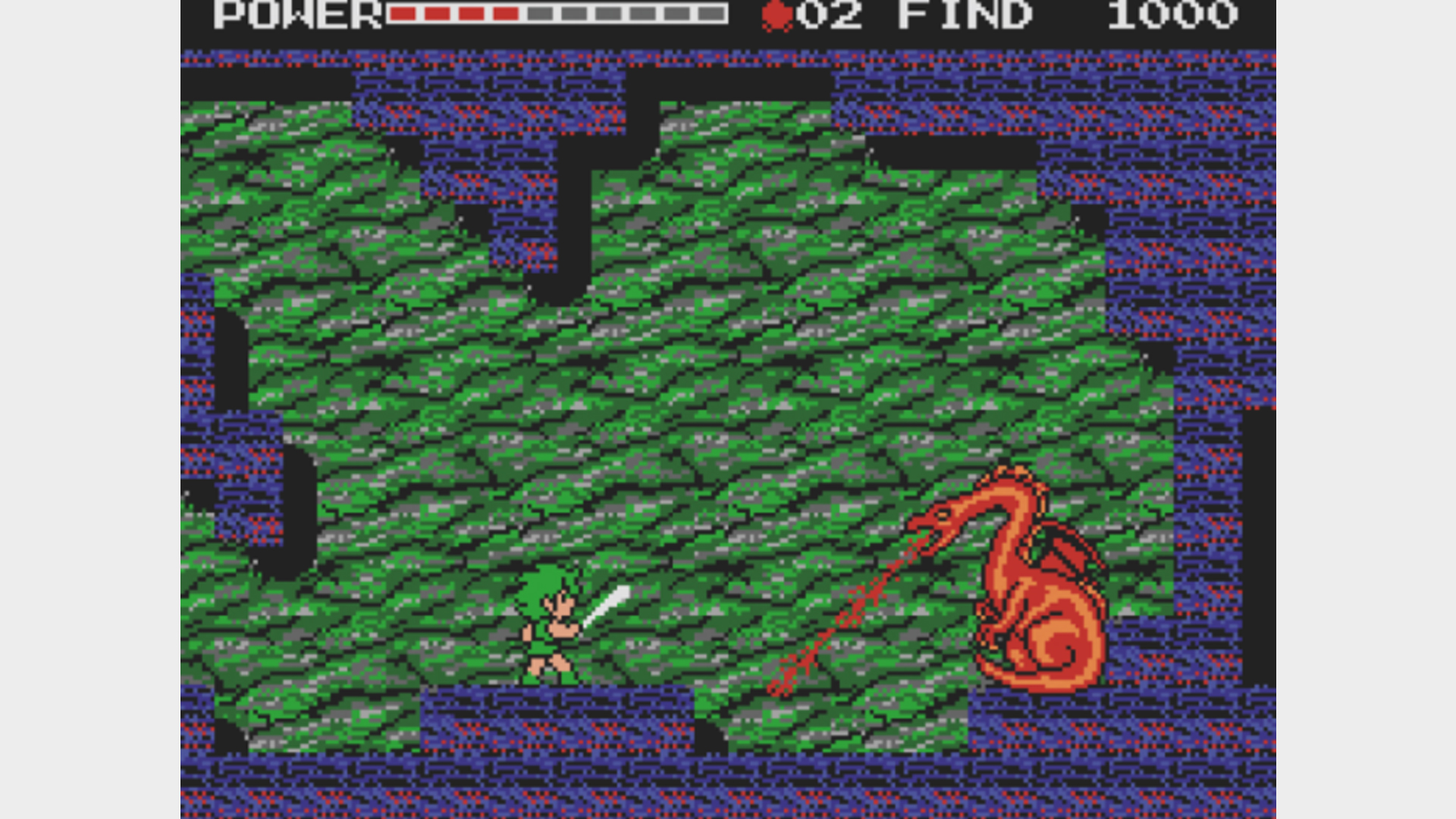
Released: 1987
Compile had an excellent track record on the MSX. Sadly, though, the company closed its doors in 1992 and many millions of people wept into their MSXs. Anyway, if you’re looking for a Zelda-like adventure for your machine you won’t go far wrong with Golvellius 2. The series began life on the MSX and the Master System, but would later get a confusingly titled remake for the MSX2. Viewed from a similar perspective, and featuring an overworld style map and dungeon exploration similar to Zelda, the game’s fluidity, action, visuals and variety make it a real must for any role-playing game fan.
Mr. Ghost
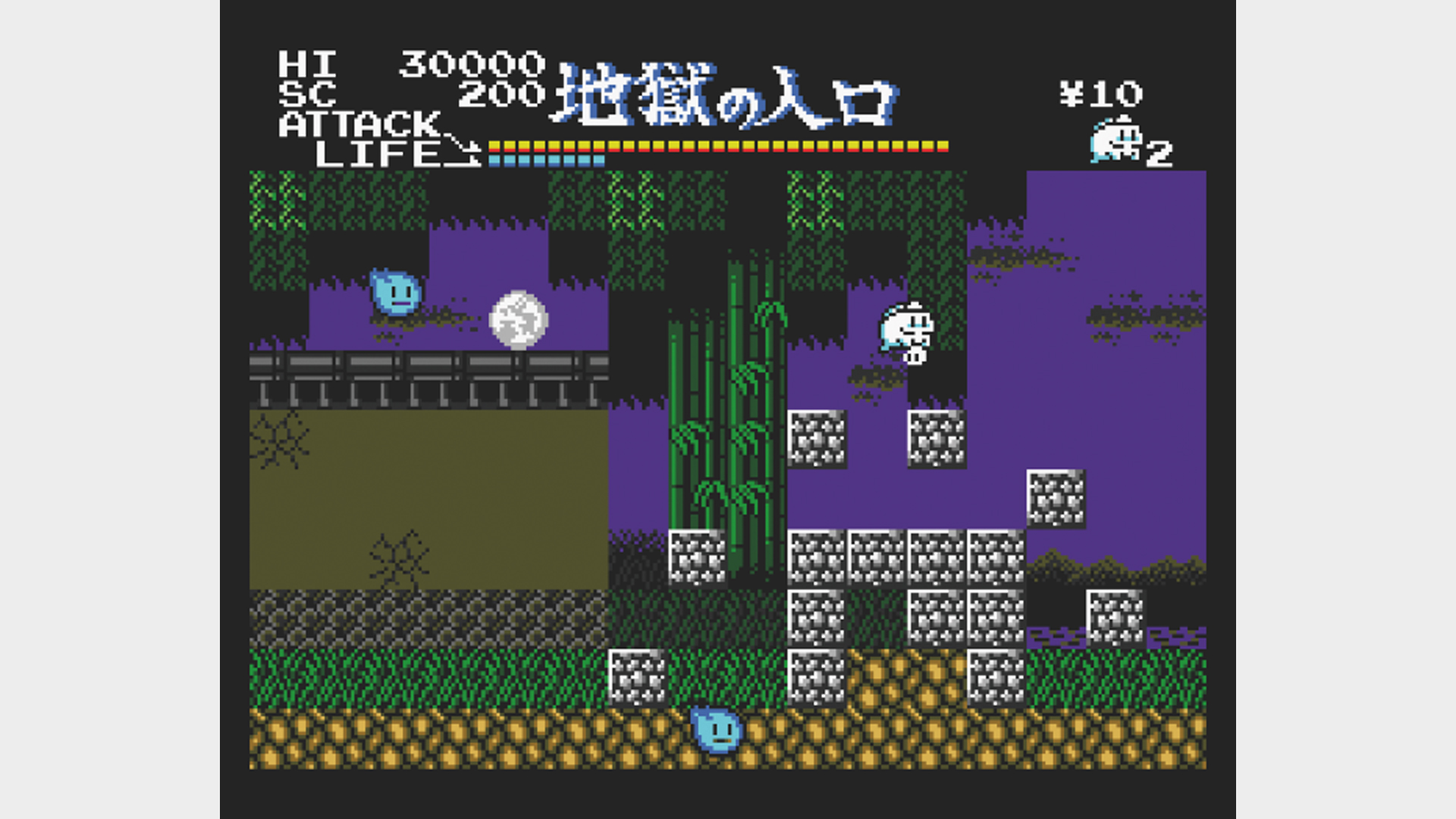
Released: 1989
Mr. Ghost is a side, and vertical (the game alternates between the two), scrolling shoot-‘em-up where you play a buck-toothed ghost who’s being bullied by other ghosts, jumping spiders, and crows, probably about his prominent teeth. Mr. Ghost plays remarkably close to Irem’s Mr Heli, so much so that they could, in fact, be related. Both games let your character move in eight directions, both allow you to deform parts of the environment, and both have a super-deformed look to them. What sets this game aside, though, is its combat system. Mr Ghost dispatches a little sperm looking ghost at enemies and can only redeploy him after he’s returned. Mr Ghost can also perform a bum rush to destroy enemies sneaking up behind him or break bricks.
Thexder
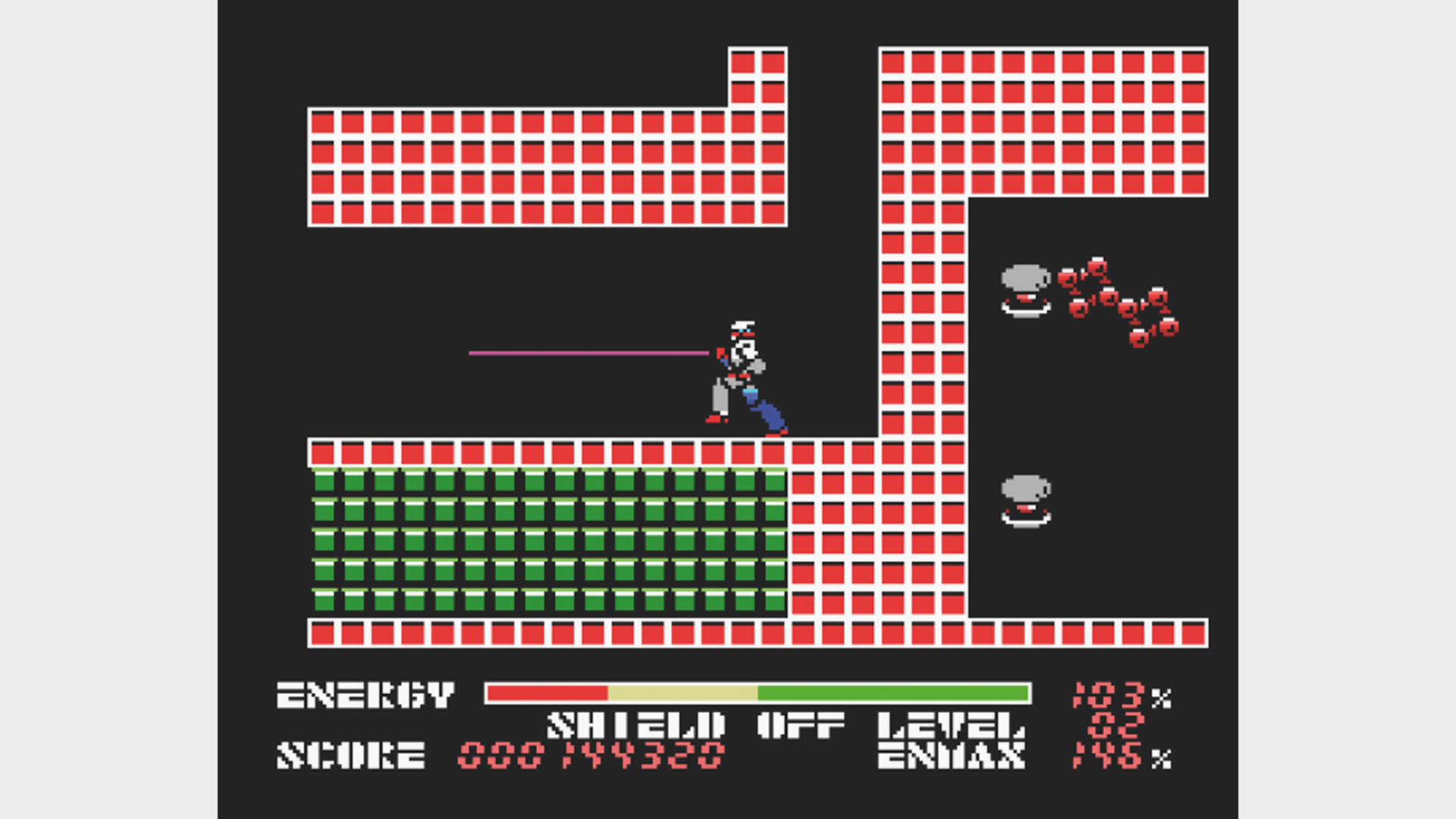
Released: 1986
This great giant robo side-scrolling shoot-‘em-up is a great example of the genre. The player assumes the role of a Robotech-esque robot with the power to transform into a jet plane (the transformation effect in the game is actually pretty impressive), and must negotiate a series of labyrinthine stages – often by repeatedly switching between the robot’s two forms – before getting blown to smithereens by patrolling enemy droids. It’s a really simple premise but one that becomes strangely addictive. The puzzle/strategy element, and honing laser (which is only available to you in your robot form) also kind of gives Thexder an air of Bangai-O (admittedly only a very slight one), which can only be a good thing.
Retro Gamer is the world's biggest - and longest-running - magazine dedicated to classic games, from ZX Spectrum, to NES and PlayStation. Relaunched in 2005, Retro Gamer has become respected within the industry as the authoritative word on classic gaming, thanks to its passionate and knowledgeable writers, with in-depth interviews of numerous acclaimed veterans, including Shigeru Miyamoto, Yu Suzuki, Peter Molyneux and Trip Hawkins.
